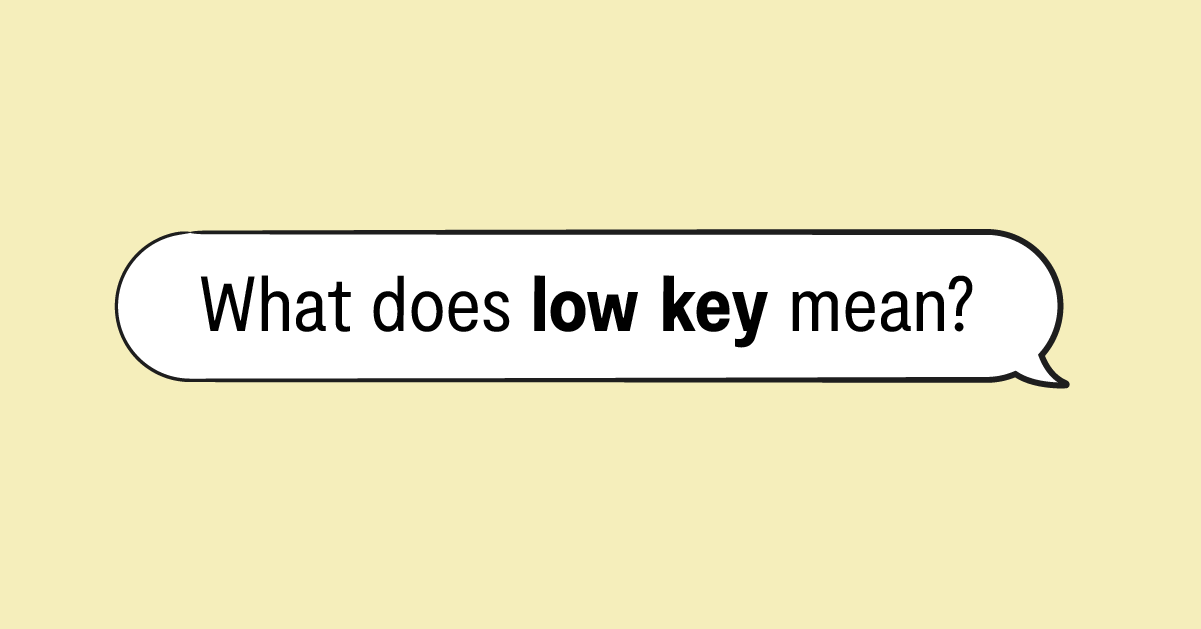

Key ring, a ring for holding several keys, is by 1685 (where it is given as a translation for Latin annulus clavicularius.) OED says this use "appears to be confined to Eng." First of organs and pianos, by 1765 of wind instruments transferred to telegraphy by 1837 and later to typewriters (1876). 1500, probably also suggested by uses of clavis. Sense of "mechanism on a musical instrument operated by the player's fingers" is from c. to "sum of the melodic and harmonic relationships in the tones of a scale," also "melodic and harmonic relationships centering on a given tone." Probably this is based on a translation of Latin clavis "key," used by Guido for "lowest tone of a scale," or French clef (see clef also see keynote). In music theory, the sense developed 17c. The musical sense originally was "tone, note" (mid-15c.). Meaning "explanation of a solution" (to a set problem, code, etc.) is from c.1600. 1700 earlier and in Middle English it often was pronounced "kay." Meaning "that which holds together other parts" is from 1520s. Modern pronunciation is a northern variant predominating from c.

But Liberman writes, "The original meaning of *kaig-jo- was presumably '*pin with a twisted end.' Words with the root *kai- followed by a consonant meaning 'crooked, bent twisted' are common only in the North Germanic languages." Compare also Sanskrit kuncika- "key," from kunc- "make crooked." Perhaps it is related to Middle Low German keie "lance, spear" on notion of "tool to cleave with," from Proto-Germanic *ki- "to cleave, split" (cognates: German Keil "wedge," Gothic us-kijans "come forth," said of seed sprouts, keinan "to germinate"). "instrument for opening locks," Middle English keie, from Old English cæg "metal piece that works a lock, key" literal and figurative ("solution, explanation, one who or that which opens the way or explains"), a word of unknown origin, abnormal evolution, and no sure cognates other than Old Frisian kei.


 0 kommentar(er)
0 kommentar(er)
